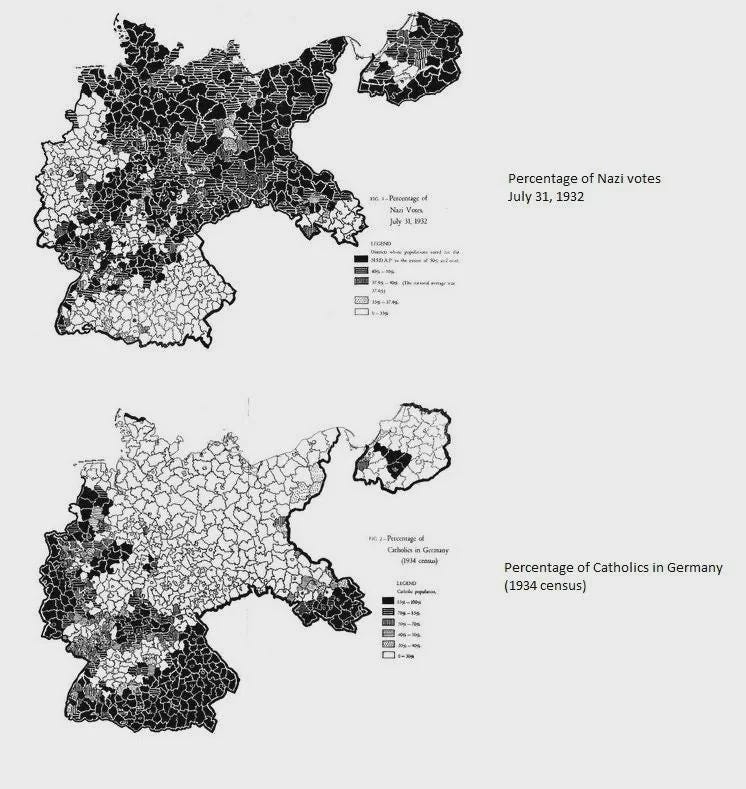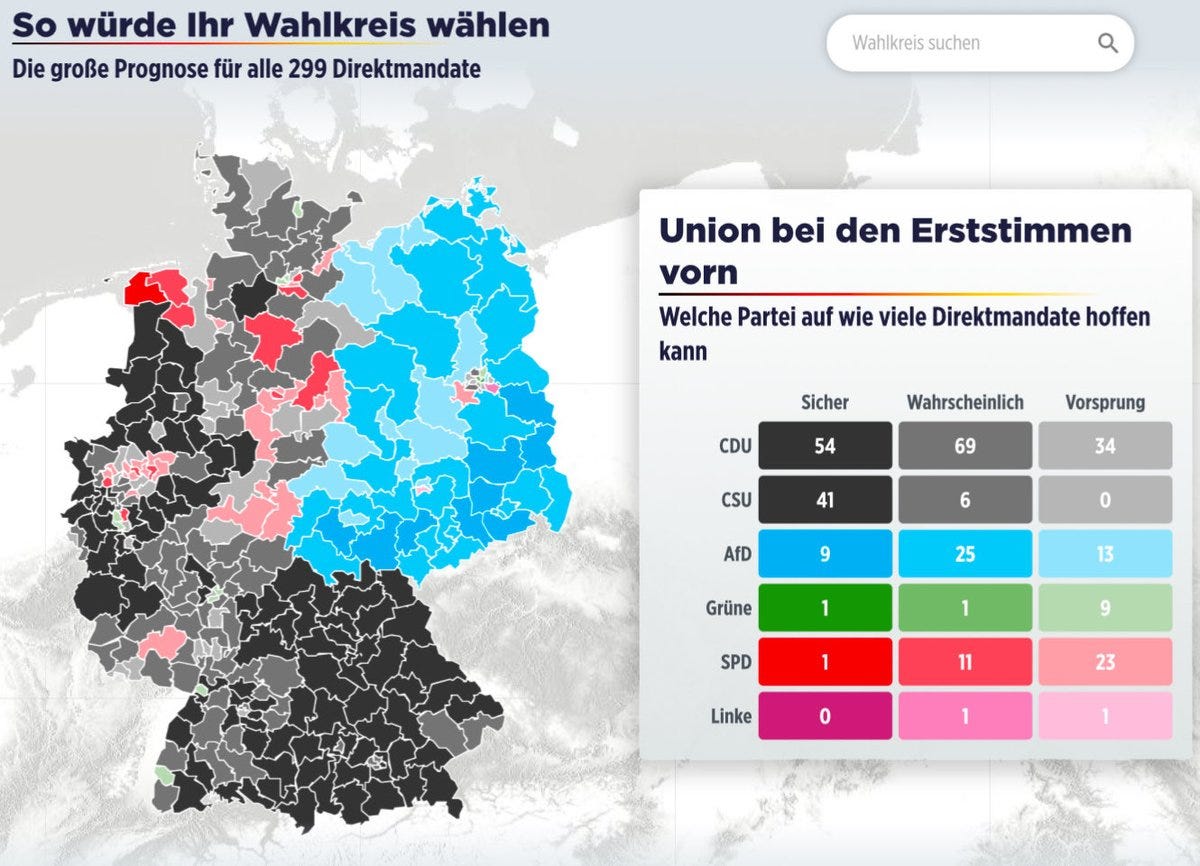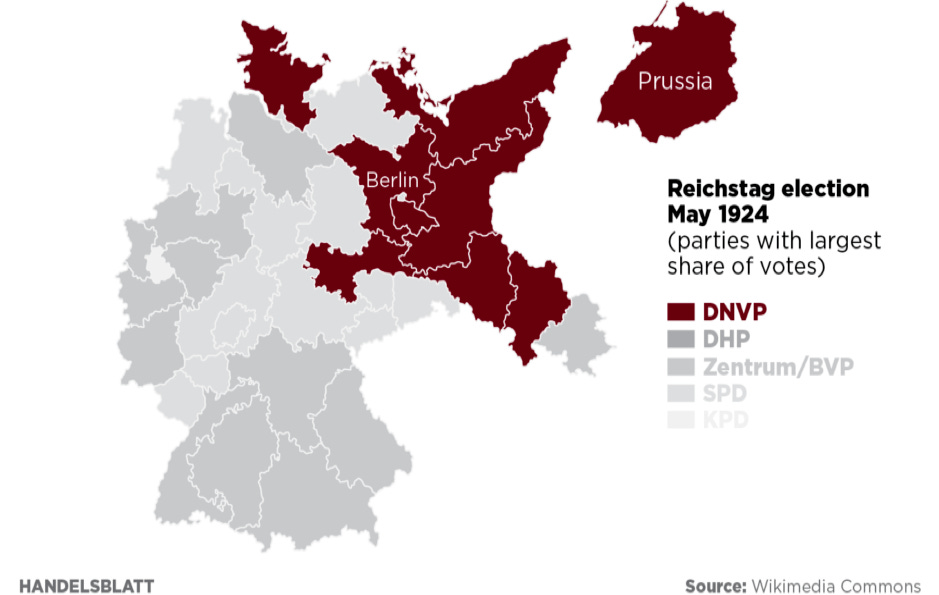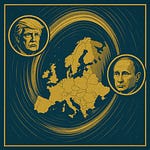Next week, Germany will host national elections, and Europe is in for a shock. 🤯
The far rightwing, nationalist party (AfD) will likely finish second, scoring huge gains across the country. 🗳️
However, most of the votes are expected to come from East Germany which has been a hotbed for German nationalism in recent years.
The question is why? 🤔
Many suggest that this cultural disparity comes from the failure to reunify Germany after the fall of the Berlin Wall 🧱. While it is true that the economic and demographic gap persists even more than 35 years after the collapse of East’s communist regime, other evidence suggest that the divide might have deeper roots. ‼️
For example, the same happened in 1924, before WWII and the partition of Germany. Just like the AfD today, the DNVP (nationalists/authoritarian conservatives) won second place nationally thanks to votes from the East. 🙀
A similar pattern can be spotted also in the 1932 elections which were won by the Nazi party. 😱
Is the difference related to demographics or to the socioeconomic proximity of South-West Germany to Central Europe? 🇪🇺🇩🇪
A research by J. L. Spenkuch and P. Tillmann suggests that a key empirical predictor of Nazi vote in the 1932 elections, is instead the constituencies' religious composition. Possibly because the Catholic Church warned parishioners about the dangers of extremist parties. But again, this could be attributed back to cultural, geoeconomic and historical reasons for which East Germany (or East Elbia) was more prone to embrace "isolationist" Protestantism and part its ways with more Euro-centric Catholic Church. ⛪️🇪🇺

It is difficult to identify the exact reasons for this phenomenon. But it is an existential need for Europe to understand better the structural characteristics and dynamics of its biggest economy.
Let’s the hope that further research will enlighten us more soon. 🙏
If you want more information on the meantime, you can listen this week’s podcast. 😊














